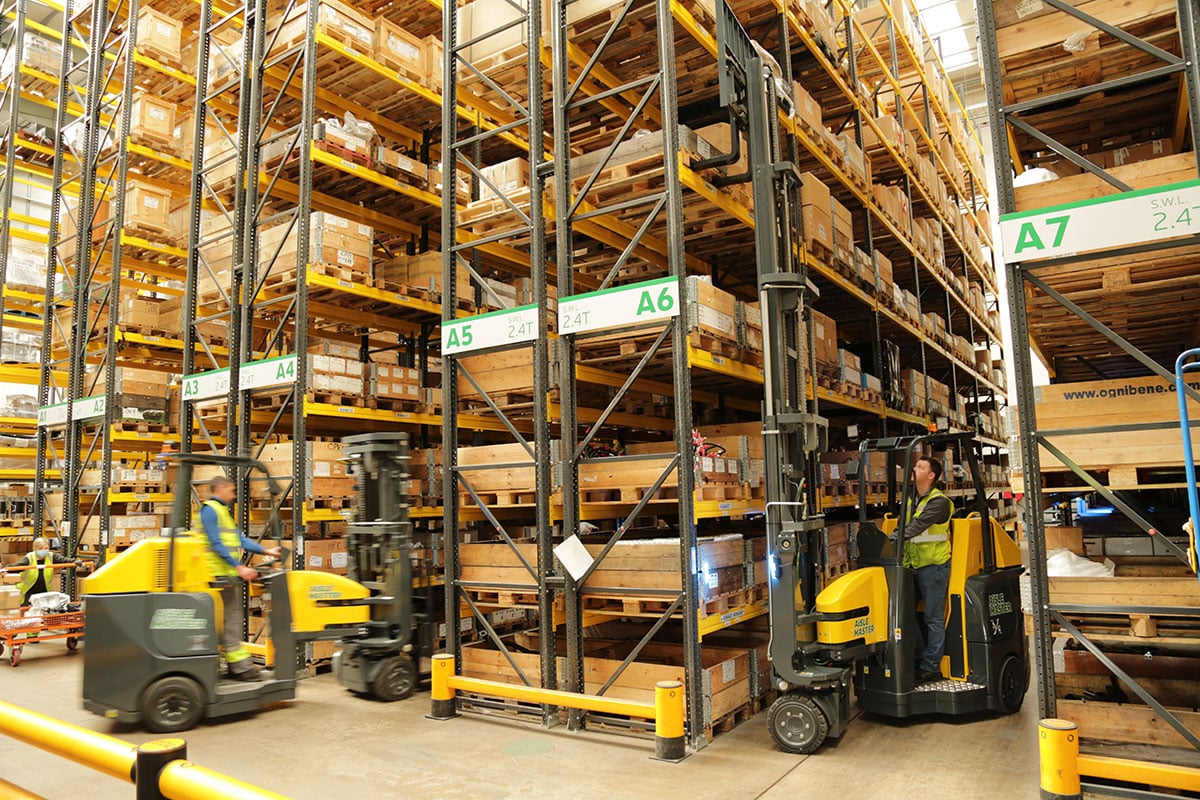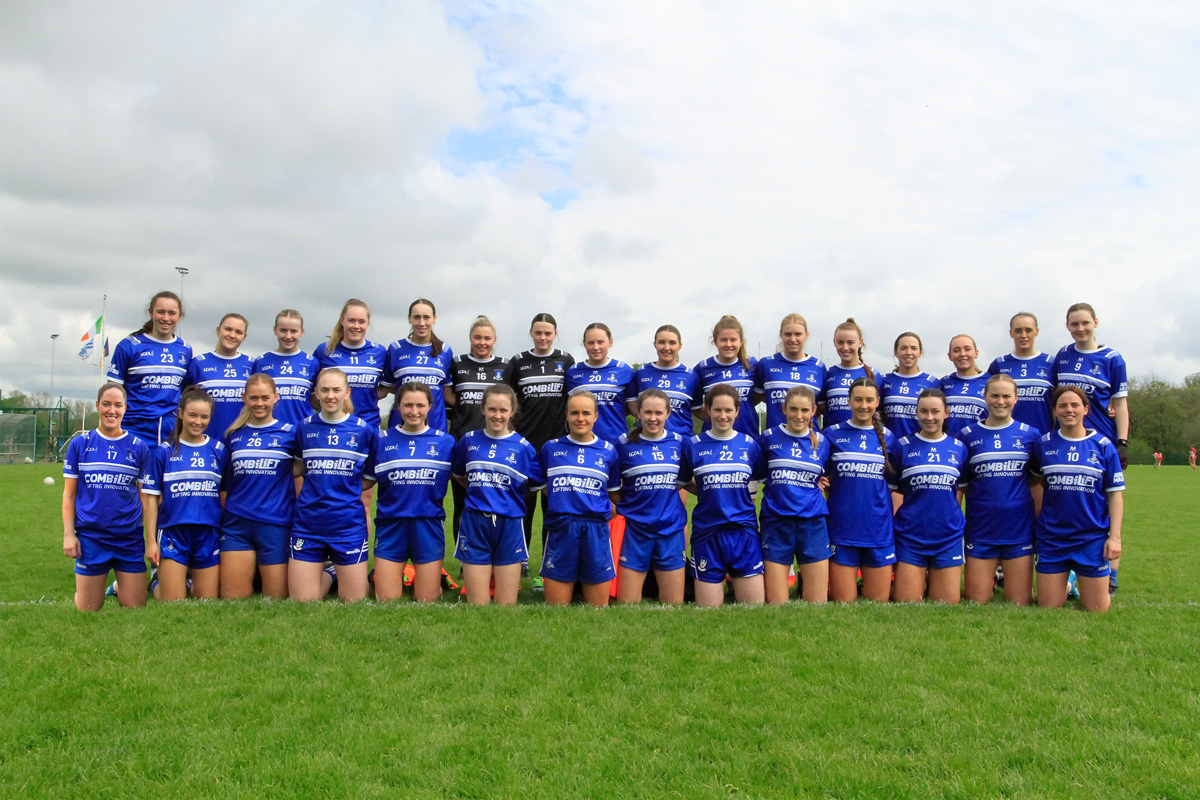Air is free, so rack up your warehouse!
With industrial real estate at an all-time high, maximising warehouse space has never been more important. Which is why it’s time to rack up, says Combilift’s Chris Littlewood.
“Space costs money and it’s simply cheaper to have a smaller footprint. But what a lot of businesses in Australia are under-utilising is height,” says the Australian Country Manager for Combilift, a leading warehouse storage solutions expert. “For example, you might have a steel manufacturing facility that is storing fabricated steel on their ground level, instead of utilising racking for this purpose. This means that the warehouse space cannot be used for other purposes. It’s situations like these where we ask, ‘air is free, so why not go up?”
According to Chris, there has been a recent trend towards going vertical – and he says it’s unlikely to plateau anytime soon.
“Many organizations within Australia have traditionally only gone to six or seven metres in terms of their racking space. But we’re definitely seeing a trend to go higher and utilize more of that airspace,” he says. “When there are forklifts such as the very narrow Aisle Master which has the capability to go up to 15 metres, you can maximise your storage space.”
Whilst making more efficient use of racking is a cost-effective way to use vertical space, Chris also points out that companies can look to using areas such as mezzanine levels more productively too.
“Mezzanine floors are largely under-utilised and this in part is due to the fact that you can’t have too much weight bearing on these levels so it might not be suitable to have a heavy forklift,” he explains. “But what you could do is use a pedestrian unit, such as the Combilift Counterbalance Stacker, which is a much lighter unit and doesn’t require a forklift license to operate.”

In Australia, Bunnings has several hundreds of pedestrian units currently in use. In fact, the Combilift Walkie Reach (WR) Stacker was originally purpose-built for Bunnings.
“Certainly, the pedestrian units such as the Combilift WR help Bunnings make efficient use of their warehousing space but another key driver for them is safety,” Chris elaborates. “The multi-directional tiller arm is a big feature. It enables the operator to remain at the side of the vehicle, keeping them out of the crush zone, with full visibility of the load and surrounds.”
Importantly, Chris says it’s important for businesses to consider the layout of their space before purchasing any materials handling equipment. On this front, Combilift is more than willing to help.
“We will provide a full layout design for any organisation interested in maximising their air space – and we’re happy to provide this for free,” says Chris. “It can be anything from a simple aisle drawing right through to an animation, depending on the facility.”
Having this layout enables organisations to gain a better understanding of their requirements.
“It provides a workflow and traffic flow visual, which helps a business understand how many machines they actually require within the facility,” says Chris. “This is important. You don’t want to over-capitalise. In fact, I’ve had quite a few customers say to me ‘wow, you’re actually trying to save me money rather than encourage me to buy more forklifts’ and I take that as the highest compliment. We’d rather our customers just made the most of the space they have.”
Interested to learn more about how you can better use the vertical space in your warehouse? Go to www.adaptalift.com.au or call 13 22 54.





